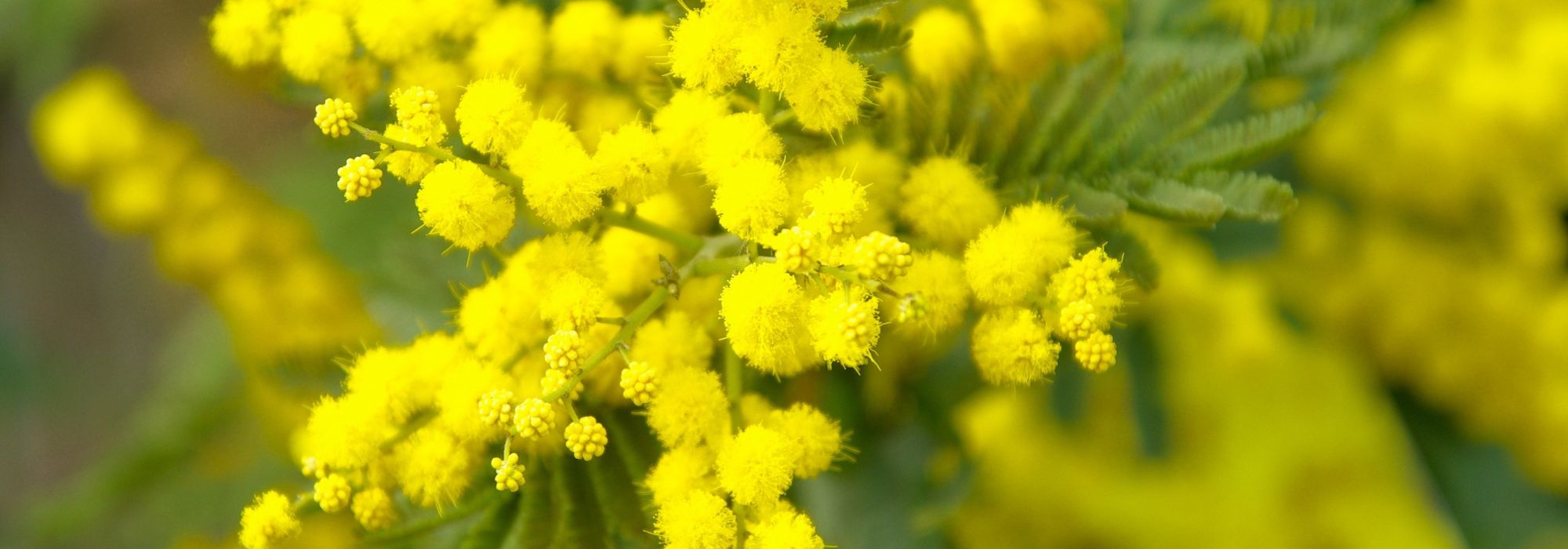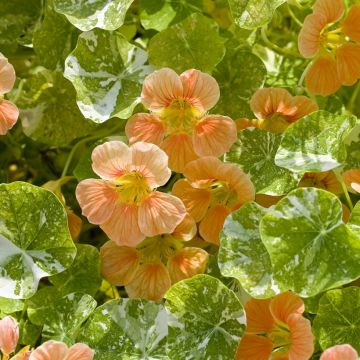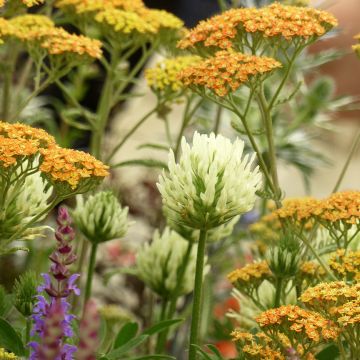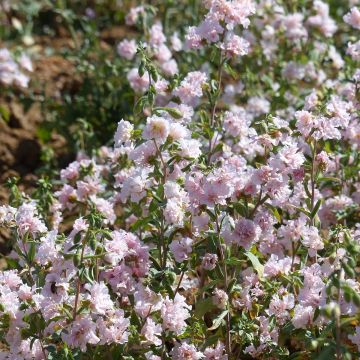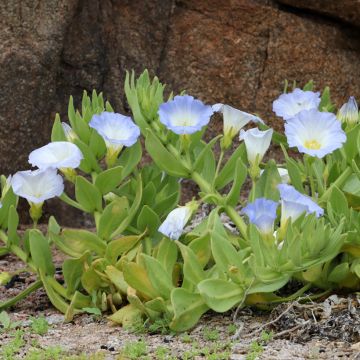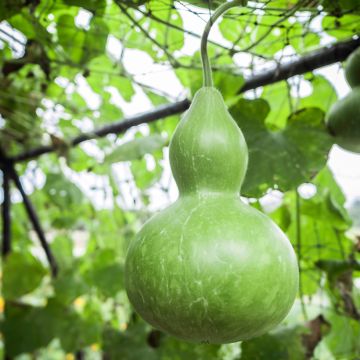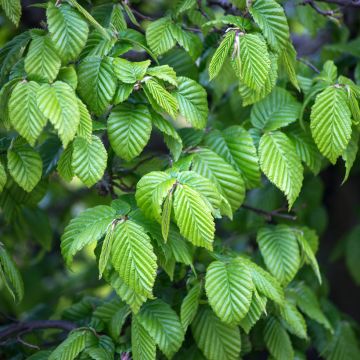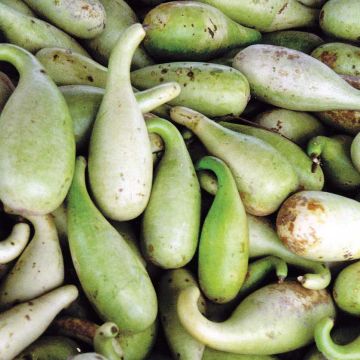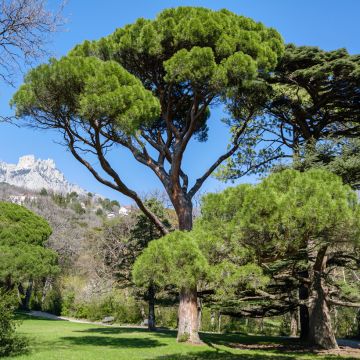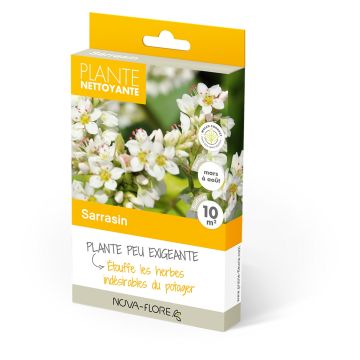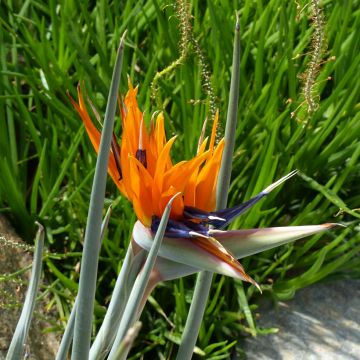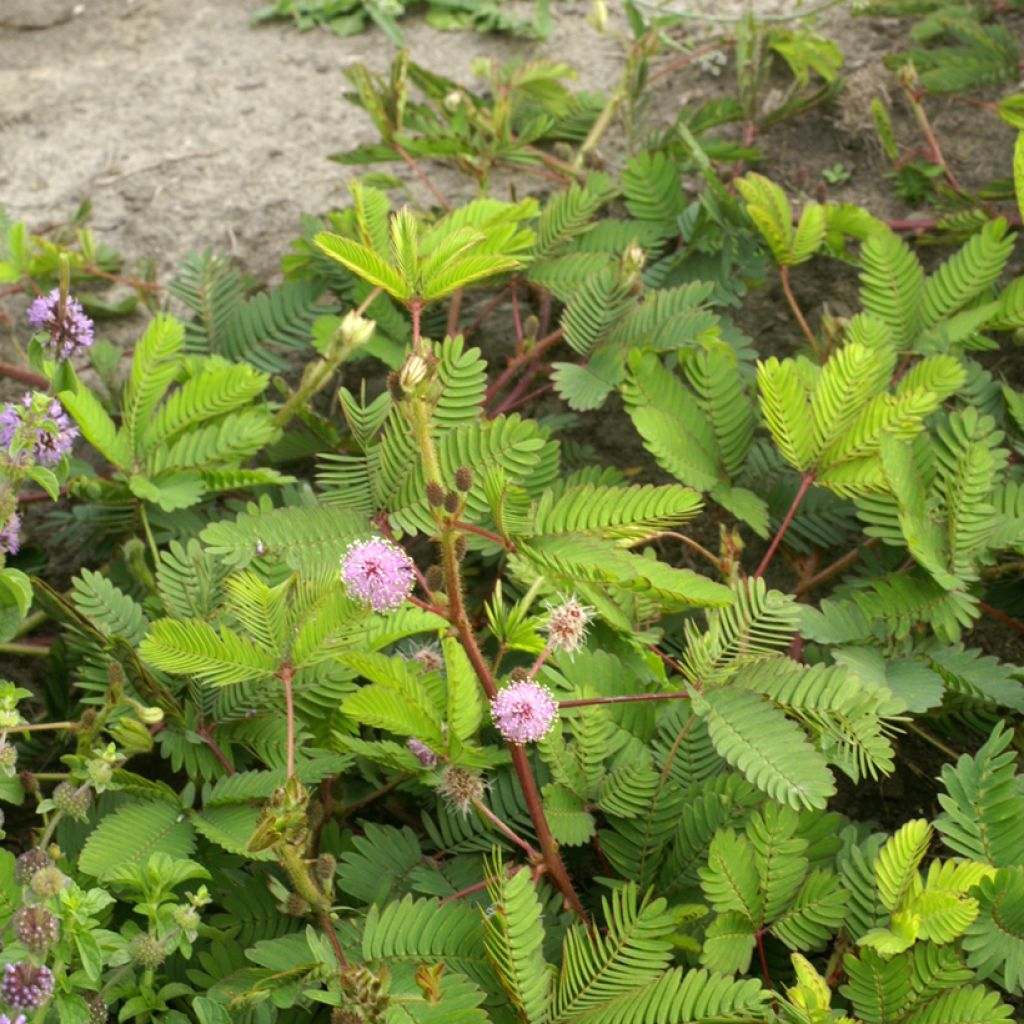

Mimosa pudica
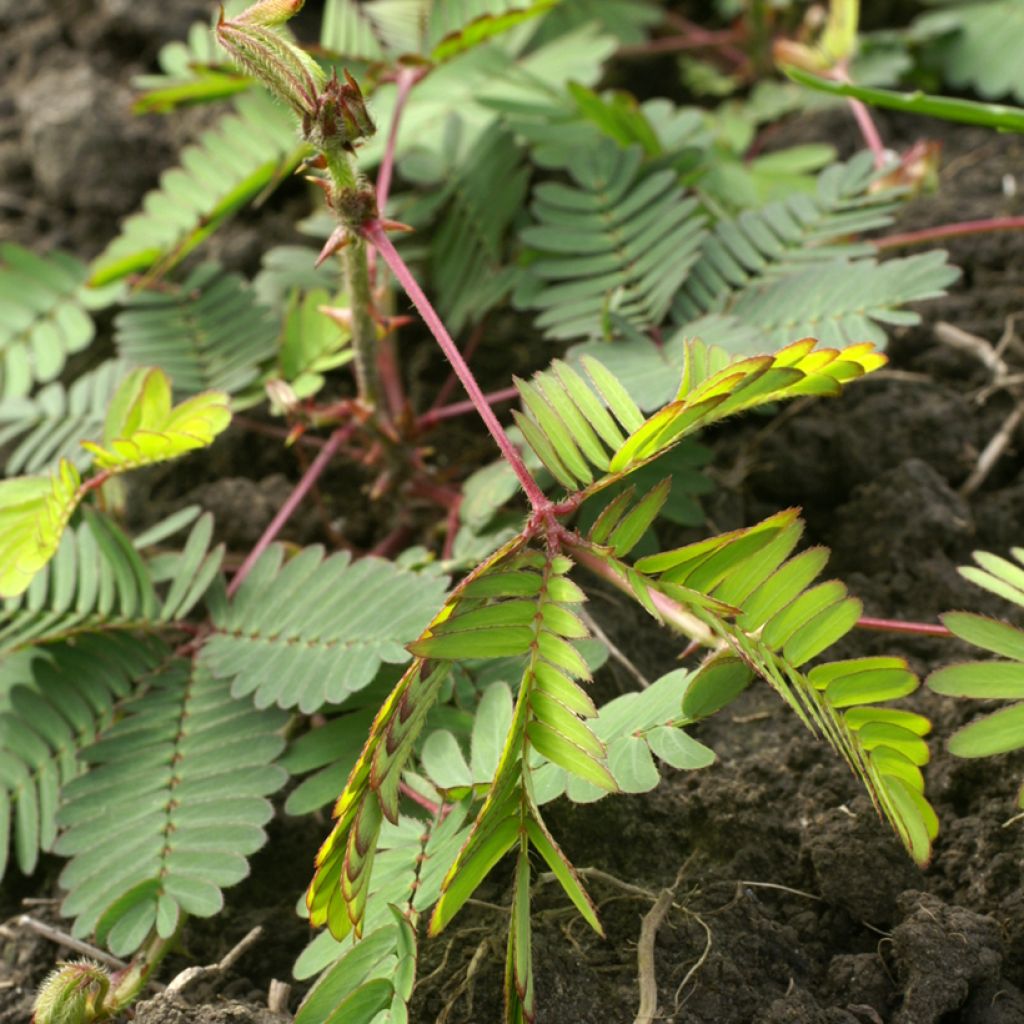

Mimosa pudica


Mimosa pudica
Mimosa pudica
Mimosa pudica
Sensitive Plant, Shameplant, Tickle-Me-Plant, Humble Plant, Touch-me-not
Seeds added as a supplement to my already existing but not very bushy young plant. I already have shoots after 3 days. I should mention that my plant is in a conservatory, which facilitates the growth.
Virginie, 17/05/2022
Special offer!
Receive a €20 voucher for any order over €90 (excluding delivery costs, credit notes, and plastic-free options)!
1- Add your favorite plants to your cart.
2- Once you have reached €90, confirm your order (you can even choose the delivery date!).
3- As soon as your order is shipped, you will receive an email containing your voucher code, valid for 3 months (90 days).
Your voucher is unique and can only be used once, for any order with a minimum value of €20, excluding delivery costs.
Can be combined with other current offers, non-divisible and non-refundable.
Home or relay delivery (depending on size and destination)
Schedule delivery date,
and select date in basket
This plant carries a 6 months recovery warranty
More information
We guarantee the quality of our plants for a full growing cycle, and will replace at our expense any plant that fails to recover under normal climatic and planting conditions.

Would this plant suit my garden?
Set up your Plantfit profile →
Description
The Mimosa pudica, also known as Sensitive, or even Shy Mimosa, is a lovely frost-tender undershrub with a short life, most often considered as an annual. It is cultivated for its small pink pompom-like summer flowers, and the curious properties of its very finely cut leaves, similar to those of ferns, to close and hang at the slightest touch, return to their position within a few minutes.
Mimosa pudica is a unique plant grown in pots on terraces or balconies. It is part of the Fabaceae family and is typically no taller than 30 cm (11.8 in) and 15 cm (5.9 in) wide. It is originally from Brazil's tropical regions and has been naturalised worldwide. Mimosa pudica has a woody base and develops creeping or upright, sometimes thorny stems. Its leaves are generally evergreen and have alternate, compound, and bipinnate shapes. Each pinna comprises 15 to 25 leaflets that can retract at the slightest shock or at night, a defensive strategy against herbivorous predators. This movement is one of the most spectacular in the vegetable kingdom.
The Mimosa pudica blooms in the summer, producing small pink to lilac flowers that are spherical and fluffy and are 1 to 2 cm (0.4 to 0.8 in) in diameter.
You can easily cultivate the Mimosa pudica in a pot on your terrace or balcony. It's easy to store away in winter and will delight both young and old with its foliage. The seeds are not difficult to germinate, so children can try them out and get lovely 'living' plants.
Flowering
Foliage
Plant habit
Botanical data
Mimosa
pudica
Asteraceae
Sensitive Plant, Shameplant, Tickle-Me-Plant, Humble Plant, Touch-me-not
South America
Other Flower seeds A to Z
View all →Planting and care
If you want to grow a sensitive plant, knowing it's from a tropical region and can't survive negative temperatures is essential. It needs a humid atmosphere and should be grown in a greenhouse, conservatory, or a well-lit room where the temperature never drops below 15°C (59 °F). Soak the seeds for 24 hours before planting. In the spring, plant the seeds in a mini-greenhouse with a background heat of 24°C (75.2 °F) for best results. If planted later, sow the seeds at room temperature. Cover them with some compost and expect germination within 20 to 25 days. Once the seedlings have two true leaves, move them to individual buckets. Use a mixture of compost, ericaceous soil, and sphagnum moss to plant the field of plants. Ensure good drainage by placing a layer of clay balls or gravel at the bottom of the pot. Put the plant in a bright spot without direct sunlight during the day's hottest hours. Water the plant generously during the summer so the mixture never completely dries out. Add liquid fertiliser for green plants every two weeks during the growth period. In the winter, watering once a week is enough unless the plant is grown in a very heated apartment. In that case, spray the foliage regularly.
Sowing period
Intended location
Planting & care advice
-
, onOrder confirmed
Reply from on Promesse de fleurs
Similar products
Haven't found what you were looking for?
Hardiness is the lowest winter temperature a plant can endure without suffering serious damage or even dying. However, hardiness is affected by location (a sheltered area, such as a patio), protection (winter cover) and soil type (hardiness is improved by well-drained soil).

Photo Sharing Terms & Conditions
In order to encourage gardeners to interact and share their experiences, Promesse de fleurs offers various media enabling content to be uploaded onto its Site - in particular via the ‘Photo sharing’ module.
The User agrees to refrain from:
- Posting any content that is illegal, prejudicial, insulting, racist, inciteful to hatred, revisionist, contrary to public decency, that infringes on privacy or on the privacy rights of third parties, in particular the publicity rights of persons and goods, intellectual property rights, or the right to privacy.
- Submitting content on behalf of a third party;
- Impersonate the identity of a third party and/or publish any personal information about a third party;
In general, the User undertakes to refrain from any unethical behaviour.
All Content (in particular text, comments, files, images, photos, videos, creative works, etc.), which may be subject to property or intellectual property rights, image or other private rights, shall remain the property of the User, subject to the limited rights granted by the terms of the licence granted by Promesse de fleurs as stated below. Users are at liberty to publish or not to publish such Content on the Site, notably via the ‘Photo Sharing’ facility, and accept that this Content shall be made public and freely accessible, notably on the Internet.
Users further acknowledge, undertake to have ,and guarantee that they hold all necessary rights and permissions to publish such material on the Site, in particular with regard to the legislation in force pertaining to any privacy, property, intellectual property, image, or contractual rights, or rights of any other nature. By publishing such Content on the Site, Users acknowledge accepting full liability as publishers of the Content within the meaning of the law, and grant Promesse de fleurs, free of charge, an inclusive, worldwide licence for the said Content for the entire duration of its publication, including all reproduction, representation, up/downloading, displaying, performing, transmission, and storage rights.
Users also grant permission for their name to be linked to the Content and accept that this link may not always be made available.
By engaging in posting material, Users consent to their Content becoming automatically accessible on the Internet, in particular on other sites and/or blogs and/or web pages of the Promesse de fleurs site, including in particular social pages and the Promesse de fleurs catalogue.
Users may secure the removal of entrusted content free of charge by issuing a simple request via our contact form.
The flowering period indicated on our website applies to countries and regions located in USDA zone 8 (France, the United Kingdom, Ireland, the Netherlands, etc.)
It will vary according to where you live:
- In zones 9 to 10 (Italy, Spain, Greece, etc.), flowering will occur about 2 to 4 weeks earlier.
- In zones 6 to 7 (Germany, Poland, Slovenia, and lower mountainous regions), flowering will be delayed by 2 to 3 weeks.
- In zone 5 (Central Europe, Scandinavia), blooming will be delayed by 3 to 5 weeks.
In temperate climates, pruning of spring-flowering shrubs (forsythia, spireas, etc.) should be done just after flowering.
Pruning of summer-flowering shrubs (Indian Lilac, Perovskia, etc.) can be done in winter or spring.
In cold regions as well as with frost-sensitive plants, avoid pruning too early when severe frosts may still occur.
The planting period indicated on our website applies to countries and regions located in USDA zone 8 (France, United Kingdom, Ireland, Netherlands).
It will vary according to where you live:
- In Mediterranean zones (Marseille, Madrid, Milan, etc.), autumn and winter are the best planting periods.
- In continental zones (Strasbourg, Munich, Vienna, etc.), delay planting by 2 to 3 weeks in spring and bring it forward by 2 to 4 weeks in autumn.
- In mountainous regions (the Alps, Pyrenees, Carpathians, etc.), it is best to plant in late spring (May-June) or late summer (August-September).
The harvesting period indicated on our website applies to countries and regions in USDA zone 8 (France, England, Ireland, the Netherlands).
In colder areas (Scandinavia, Poland, Austria...) fruit and vegetable harvests are likely to be delayed by 3-4 weeks.
In warmer areas (Italy, Spain, Greece, etc.), harvesting will probably take place earlier, depending on weather conditions.
The sowing periods indicated on our website apply to countries and regions within USDA Zone 8 (France, UK, Ireland, Netherlands).
In colder areas (Scandinavia, Poland, Austria...), delay any outdoor sowing by 3-4 weeks, or sow under glass.
In warmer climes (Italy, Spain, Greece, etc.), bring outdoor sowing forward by a few weeks.






























